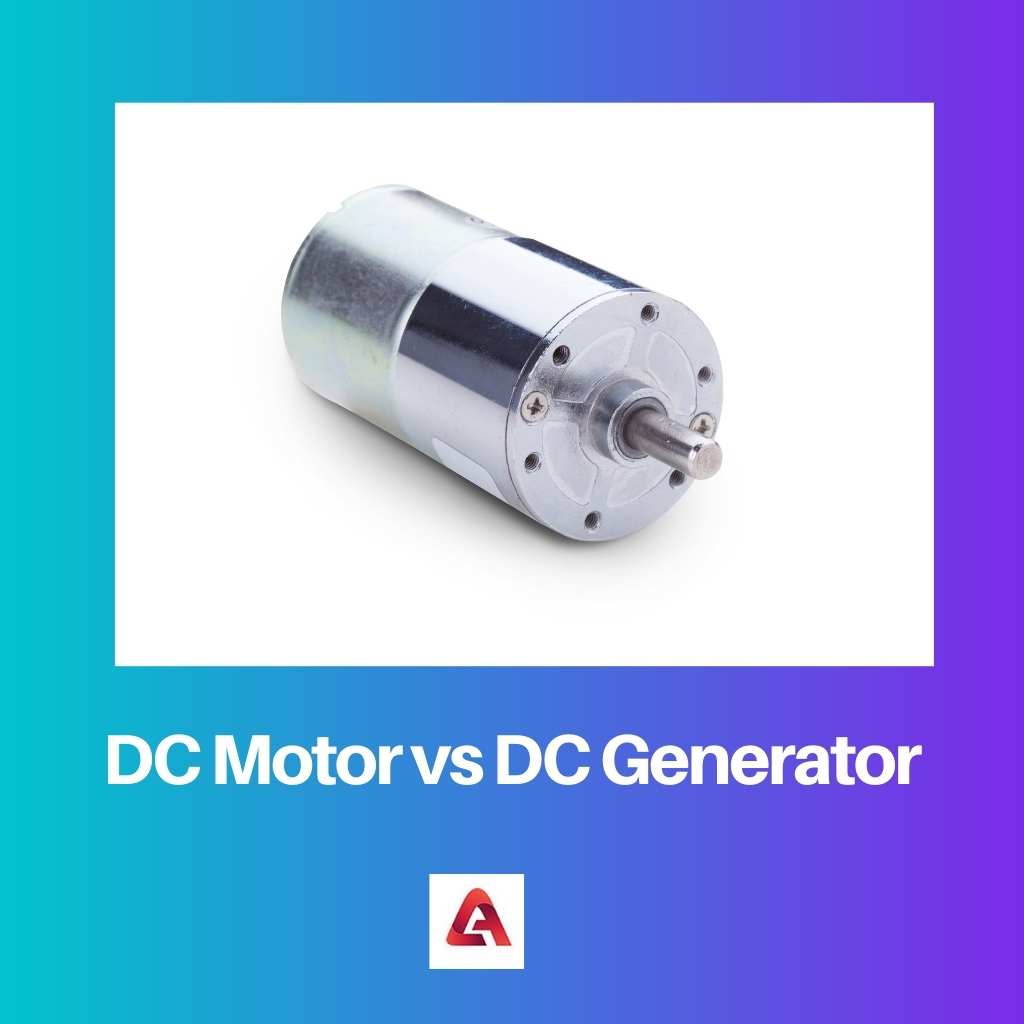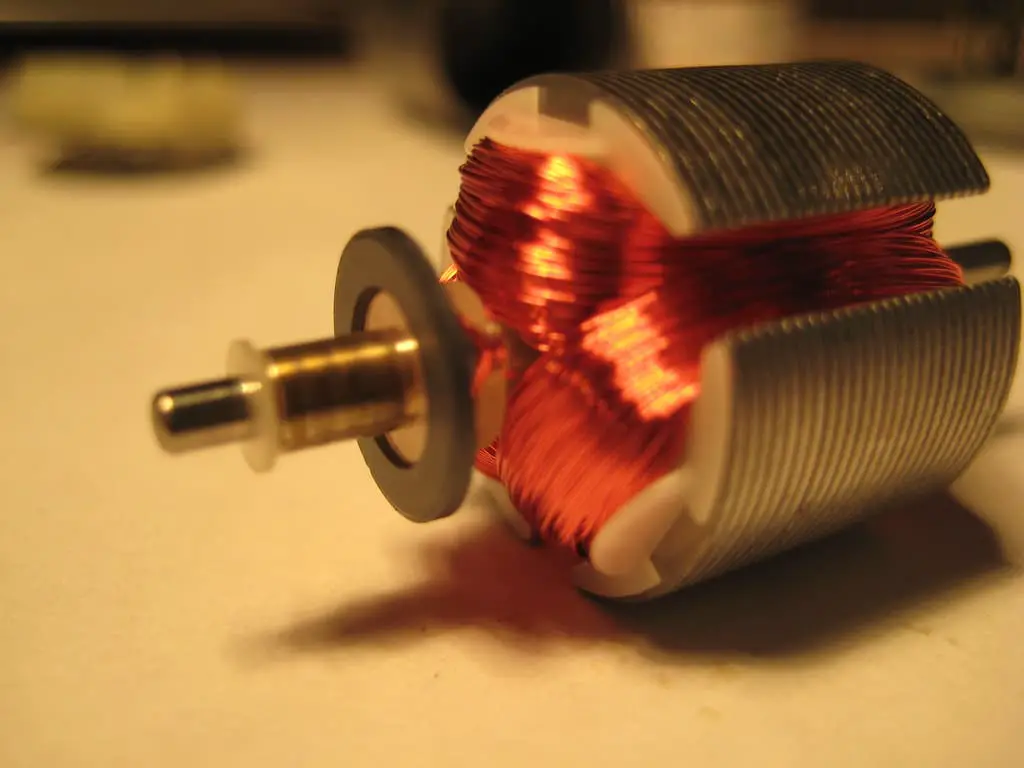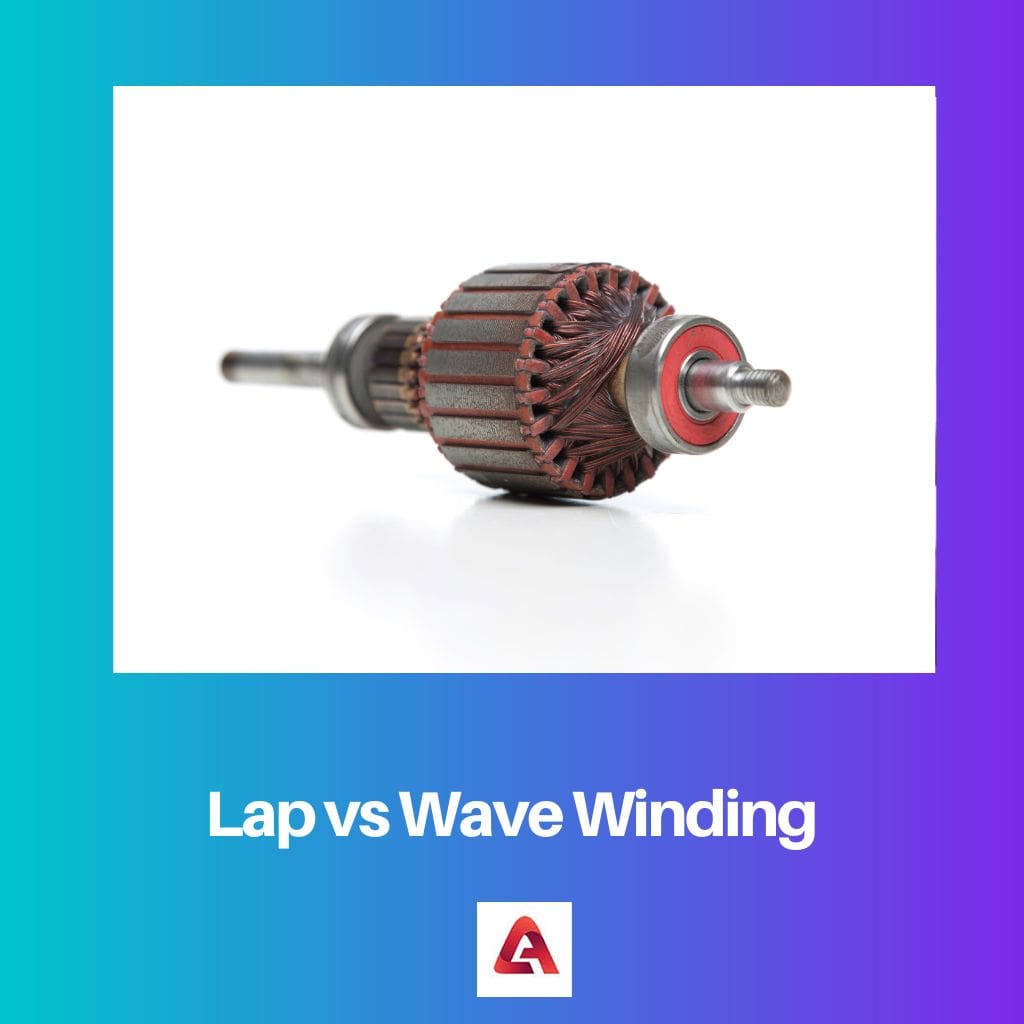Electricity is one of the most crucial things in our lives. Majorly everything that we do and the things that we use in our day-to-day lives are totally dependent on the use of electricity.
There are various tools that make it convenient for us to utilize the power. And two such machines that are widely used for using power, these are DC Motors and DC Generators.
Key Takeaways
- DC motors convert electrical energy into mechanical energy, while DC generators convert mechanical energy into electrical energy.
- DC motors are commonly used in appliances and vehicles, while DC generators are used in power generation and energy storage systems.
- Both DC motors and generators utilize the same basic components but differ in their operational principles and applications.
DC Motor vs DC Generator
A DC motor operates by receiving electrical energy and converting it into mechanical energy, having a stationary part called the stator and a rotating part called the rotor. A DC generator operates by converting mechanical energy into electrical energy, where, the rotor rotates inside the stator.

In a DC Motor, the energy that is input in a DC Motor is electrically-powered energy which is the direct current which is swapped into the mechanically-powered rotation.
Any motor that is electrically-powered which operates by utilizing the direct current (DC) would be called a DC motor. The crucial origin of energy for a DC motor is supply or electricity and power grids.
A direct current generator can be described as an electrically-powered machine that converts mechanically-powered energy into electrically-powered energy.
Water and steam turbines, and internal combustion engines are some of the crucial origin of energy for a DC motor.
Comparison Table
| Parameters of Comparison | DC Motor | DC Generator |
|---|---|---|
| Input and Output | A DC motor has an input of direct current and gives an output of mechanical current. | A DC generator has an input of mechanical current and gives an output of direct current. |
| Current | In a DC motor the current supplies from armature windings. | In a DC Generator, the current is produced from armature windings. |
| Principle Followed | The principle on which a DC motor tends to work on is built on a conductor that carries current that gets a force when it is laid in the magnetic field. | The operation of a DC generator is established on the principle of electromagnetic induction. |
| EMF Generation | The EMF generated in a DC Motor is calculated by Eb = V − IaRa | The EMF generated in a DC generator is calculated by Eg = V + IaRa |
| Operating Force of Shaft | The operation of the shaft of an electrified motor takes place when the magnetic force that occurs between the armature and field. | The mechanically-powered force operates the shaft of electrically-powered generator which is linked to the rotor. |
| Examples | Printing machines, tools, cars, ceiling fans, etc. are some examples of a DC Motor. | An alternator in a car is a common example of a DC generator. |
What is DC Motor?
A direct current motor is majorly constituted with the following items: Rotor or Armature, Stator or Field Coil, Commutator, and Brushes.
The working principle of DC motor is that when a DC motor is laid in a magnetic field, a conductor which carries current obtains torque and generates moving tendency.
There are extensive applications of DC motors available, from electric shaving machines to automobiles.
In order to operate these huge range of applications, Direct Current Motors are mainly separated into various kinds on the basis of the interconnection of field wining to the armature as Separately Excited DC Motor and Self Excited DC Motor.
DC motors were the earliest kind of forms of motors which were used extensively, as the DC motors could be electrified from distribution systems that have existing direct-current lighting power.
The small direct current motors are used in toys, tools, and appliances. And large direct current motors are majorly used in the thrust of electric vehicles, hoists, elevators, and steel rolling mills drives.
A DC motor can not be converted into a DC generator. However, the construction of a DC motor is identical to that of a DC generator.

What is DC Generator?
An EMF would generate when the conductor slits magnetic flux which is based on the principle of induction of Faraday’s Laws.
A motion of current is generated by electromotive force when the circuit of the conductor is closed. A direct current generator can also be utilized as a direct current motor without disturbing its construction.
The major types of equipment of DC generators are Stator, Rotor, Armature Windings, Yoke, Poles, Poles Shoe, Commutator, Brushes.
The Direct Current generators can be broadly classified into two categories: Separately Excited and Self Excited. In a DC generator, the flow of electrical current is in one direction only.
As the commutators and brushes wear out rapidly, the possibility of sparking and short circuit is Hugh.
The rotating equipment of the DC generator is normally heavy. The DC generators need maintenance frequently. A DC generator supplies electricity or power to all the grids of electrical power.
A DC generator produces low voltage and stays constant in amplitude. The Coil of a DC generator rotates in a fixed field only. A DC generator uses split rings that perform as commutators.
Main Differences Between DC Motor and DC Generator
- DC motor uses Fleming’s left-hand rule whereas DC generator uses Fleming’s right-hand rule.
- The EMF produced in a DC motor is less than its produced voltage (E<V) whereas the EMF produced in a DC generator is more than its voltage produced (E>V).
- A DC motor utilizes the commutators for swapping the magnetic field while a DC generator uses the commutators to nullify the effect of polarization.
- The frame of a DC motor is used to close due to dirt, filth, impurities, etc. while the frame of a DC generator is kept open for cleaning, cooling, and other various types of repairs.
- A DC motor uses electricity whereas a DC generator generates electricity.





